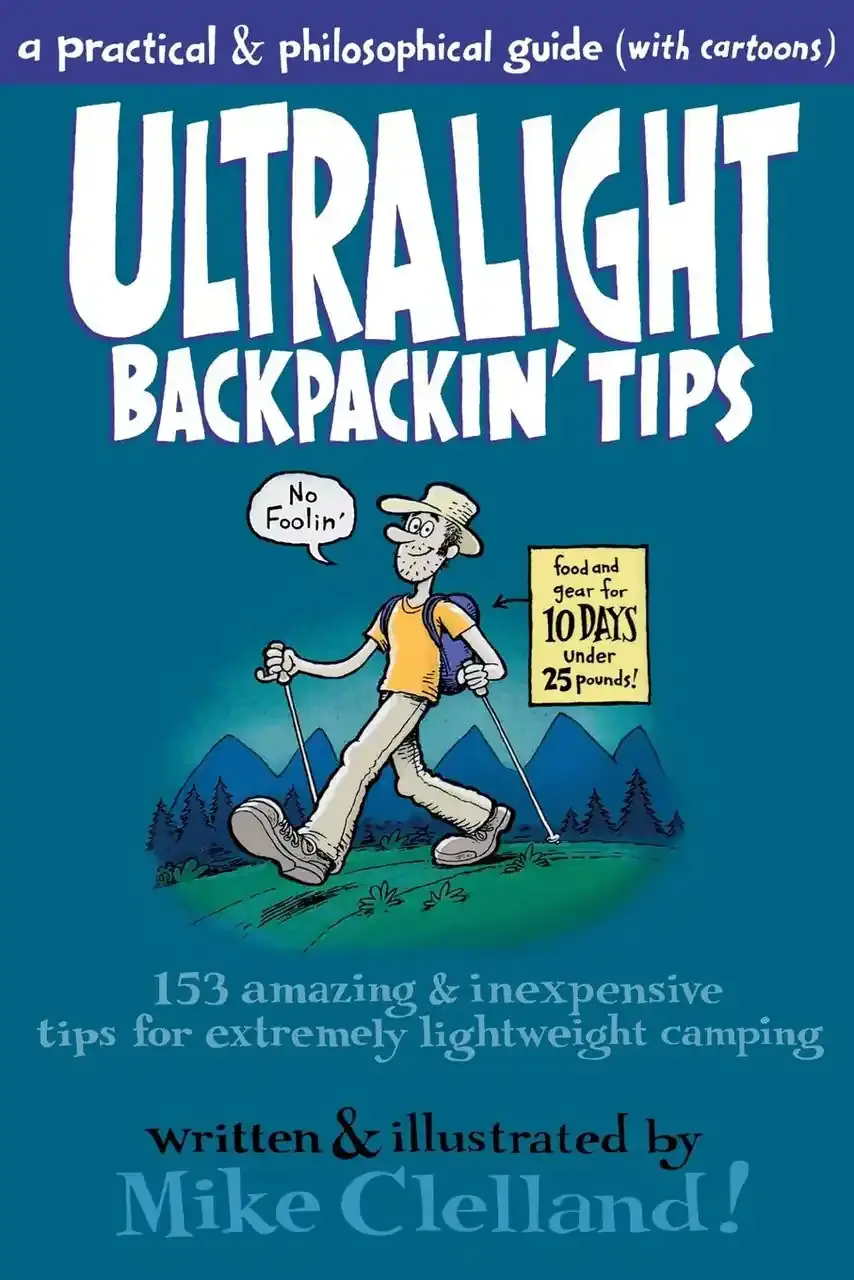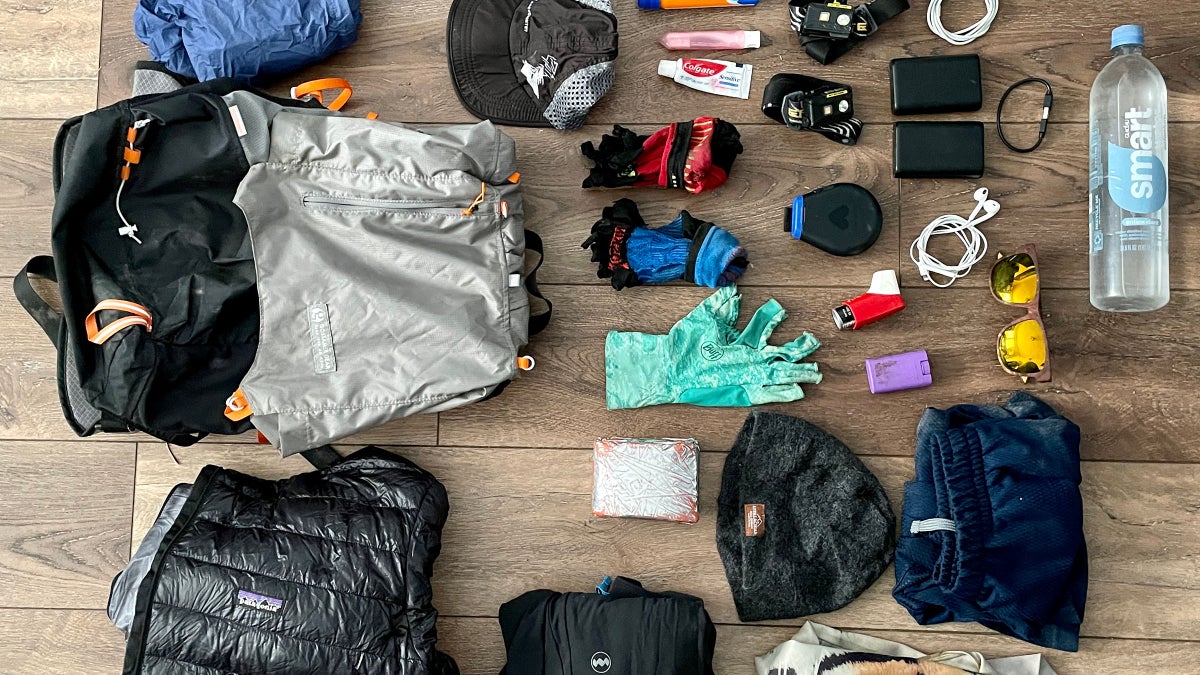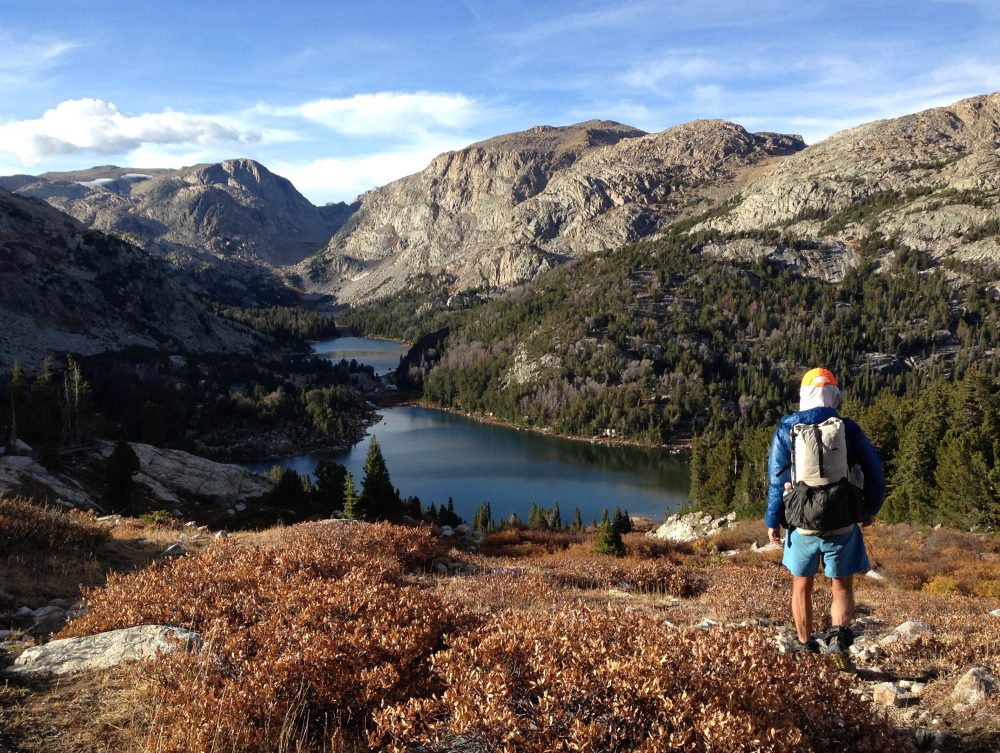[original post](https://old.reddit.com/r/Ultralight/comments/cgu2re/before_and_after_traditional_backpacker_goes/) by [happypolychaetes](https://old.reddit.com/user/happypolychaetes)
# Before and After: Traditional backpacker goes lightweight
Last year, there was a [great post](https://www.reddit.com/r/Ultralight/comments/951izx/i_converted_from_traditional_to_lightweight_for/) by [/u/Potatopants888](https://old.reddit.com/u/Potatopants888) that I found super informative. Well now I have my own report; if you’re a seasoned UL’er you won’t find anything groundbreaking in here, but for anyone else, I hope you’ll find something useful. For context, my trips are mostly 3-season in the PNW, and all are with my spouse so some weights listed here are for shared gear (e.g. tent).
So I was your classic Backpacker Magazine^TM^ backpacker. I’d heard of “ultralighting,” but it was a fringe thing for weirdos. There was no way to get that light, so it didn’t matter if I bought a bunch of absurdly expensive new gear. Right? I never paid any more attention to it until I began seeing various cottage brands popping up and figured I’d at least look into the concept. Finally I had an epiphany during what should have been an easy weekend trip last summer. My pack weighed 31+ lbs and I thought, this is ridiculous. *There has to be a way to make this easier*. I got home and weighed everything.
## Step 1: Downsized and ditched
Sitting on the floor surrounded by gear, I realized I’d just brought so much unnecessary shit. It was embarrassing. I had never bothered to repackage things because “oh it’s only a few ounces, who cares,” neglecting to realize that it VERY MUCH added up. This is where my mentality began to shift. Sure, maybe this weight savings was only 2 oz, but that one was 8 oz, and that one was 3 oz, and, well…a ruthless culling ensued, and the pounds began to drop.
Ditched: Extra “survival kit” (5.3 oz), Kindle case (5.1 oz), stuff sacks (6.7 oz), camp shoes (~10 oz), rain pants (10.8 oz), stove case/starter (1.6 oz), extra kitchen stuff (2 oz), toothbrush holder (1.1 oz), extra clothing (~16 oz)
Downsized/repackaged: First aid kit (12.6 oz to ~3 oz), bug spray/sunscreen/toiletries (22.6 oz to 10.7 oz), toilet paper (8 oz to 2-4 oz), food (unknown, but probably saved 5+ oz in excess packaging). I also dialed in our actual food a lot. I’d always thrown stuff together with a vague meal plan, but I didn’t bother weighing it, measuring out portions, or choosing high calorie/oz foods. At the end of a trip we’d often have 2 lbs+ of leftover food. Turns out a little planning goes a long way. Not only did we carry less weight, we had better meals and stayed energized longer.
## Step 2: Small upgrades
Before: GSI Backpacker Bugaboo (29.7 oz)
After: Snow Peak Trek 1.4L pot/pan (7 oz) + GSI Bugaboo cups/bowl (6 oz)
I’d like to publicly shame whoever labeled the Bugaboo as a two person backpacking cookset. It’s such overkill. We got a 1.4L pot which is still totally overkill, but it’s big enough to boil enough water for two beverages and a meal, or to cook for three people if needed (happens fairly often with our friend group). We carry separate cups and one bowl; the second person eats out of the pot.
Before: MSR Mini Works (16 oz)
After: Sawyer Squeeze + DIY gravity feed setup (6 oz)
My husband rigged up a gravity feed system with the Sawyer tubing and a chopped-up Smartwater bottle. It’s lighter and way easier to use. We’ve used it to easily filter water for three people, a task which would have formerly led to very sore arms.
Before: Contigo water bottle (~10 oz) + Osprey hydration bladder (~9 oz)
After: Smartwater bottles (2.6 oz for two)
Not much to say here. Easiest “upgrade” I made.
## Step 3: Colorado field test
Rocky Mountain High! Despite carrying 5 days’ worth of food, and adding an Ursack bear bag, my total pack weight dropped from 31 lbs to 28 lbs (baseweight from ~23 to 17 lbs). And I could tell. Although this trip was objectively harder—lots of up and down and almost all above 10,000’ elevation—it still felt easier. My one regret was ditching the rain pants. It poured rain the last day of the trip, complete with hail and gusty winds atop a 12,800’ pass. My legs were soaked and although my top half was fine it didn’t take long for my body heat to leech out. Hello, early stage hypothermia. #stupidlight, lesson learned.
## Step 4: Upgrade-apalooza
Before: REI Half Dome 2+ (90 oz)
After: Big Agnes Tiger Wall UL3 (47 oz) + polycryo (2 oz)
Our first major upgrade for this season! We weren’t ready to pay DCF prices but did want a double-wall shelter. We are both tall (6’1’’, 5’10’’) and very active sleepers, so we went with the 3-person version. Honestly I have no idea how you’d fit three people inside, but it’s palatial for two. It is delicate fabric, especially the floor (15D, eek), and I’m worried about ripping it. We’ve added a polycryo footprint and are very careful about site selection. We’ve hit almost every weather condition (except snow) and it’s performed admirably although I think one pole might have gotten slightly bent from 40 mph wind...
I have two chief complaints. One: vestibule zippers. There’s a fabric flap over the zipper on the outside, and when you’re trying to unzip it from inside the zipper constantly gets stuck in the flap. This is especially annoying if it’s raining. We’ve gotten better at dealing with this, but it is still a source of frustration. Two: dirt blows in really easily, due to the low-ish bathtub edge. After that windy night I mentioned earlier, we woke up with a fine layer of dirt coating everything inside.
Overall, we are happy with this tent. I’m not sure it’s worth paying full price ($450) though; wait for a sale.
Before: Gregory Deva 60L (89 oz)
After: Granite Gear Crown2 38L (33.6 oz w/o brain)
Oh, Deva, how I loved you. I bought it in 2008 after it got picked as the Backpacker Editor’s Choice; it was a big upgrade from borrowing my mom’s 1960s external frame monstrosity. It was a comfy, durable pack, but it’s just so heavy. Countless hours and one very detailed comparison spreadsheet later, I decided on the Crown2 38.
This being my first non-traditional pack, I was pretty nervous about comfort, but those fears were unfounded. Shockingly, a lighter pack is just fine when your load shrinks. Whodathunk? It’s also very versatile (removable hip belt + frame sheet) if I want to go lighter in the future. Despite its smaller volume it doesn’t feel much smaller, mainly because the Deva has so many little pockets dividing the interior space. It felt like it was more part of my body than the Deva, whose suspension was designed to kind of…float off your back (for lack of a better term). I felt more balanced with the Crown2, which was good because its maiden voyage involved descending a climber’s trail on the back side of a pass, which was pretty much just straight down a scree/talus slope, as well as boulder hopping along a very steep slope above a freezing lake.
Note: I’m a tall woman with a long torso (19’’) and a smallish bust. Shorter and/or bustier women may want to look elsewhere; the 38L currently comes in only one size, with potentially boob-crushing J-straps. The 60L does come in a women’s version.
Before: Golite Adrenaline 20 (32 oz)
After: REI Magma 30 (19 oz)
The Adrenaline was a pretty cutting-edge lightweight bag when I bought it (another 2008 Backpacker Editor’s Choice). But it’s consistently too warm for 95% of my trips. I won’t lie, even after lurking in the UL community for a year, I was skeptical about quilts. When REI came out with this quilt I decided to take the plunge because I knew I could easily return it.
It involved a little setup, but I had no real complaints. I’m an active sleeper and was very happy with how warm I stayed. I only wore thin long underwear and a hat. The second night it got below 40F and I still didn’t cinch the neck up. This is definitely a winner and I foresee it being my go-to 3-season bag for most PNW conditions.
Before: REI Stratus (21.5 oz)
After: Nemo Tensor Insulated (14.8 oz)
I tried the UL poster child NeoAir Xlite but it was super uncomfortable and I hated the crinkling. My husband loved his Tensor, so when I found one at an REI garage sale for $13 it was a no brainer. The square-ish baffles seem to work better for my hips than any other pad. Definitely a quality of life upgrade.
Before: Keen boots (30 oz)
After: Salomon Speedcross 4s (20 oz)
The Salomons are more breathable so my feet stay cool, they dry quickly if they get wet, and I get a better sense of the trail without a giant clunky boot in the way. The only downside is the bottoms of my feet seemed to get a little sorer, probably because there was less padding between me and the ground. I think I’m sold on trail runners.
Before: Cocoon pillow (3.5 oz)
After: Nemo Fillow (9 oz)
Wait, this isn’t lighter! Heresy! Well, one of the great things about going lighter is having the freedom to add “luxury” weight in places that matter to me. My old pillow was small, awkwardly shaped, and felt like sleeping on a beach ball. I tried a few potential upgrades but the Fillow is hands down the most comfortable. A good night’s sleep is worth those 6 oz.
I’ve seen people express trepidation about buying gear from cottage companies. I’m absolutely not trying to tell you to avoid cottage companies, but you also don’t have to buy everything from them to be “truly UL.” Mainstream retailers like REI are offering more and more lightweight/UL options, and if you’re trying to ease into going lighter and/or just want the peace of mind of a 1-year return policy, that is a perfectly legitimate route to take. All of my big purchases were on sale, too.
Here is my current core weekend trip [lighterpack](https://lighterpack.com/r/7k97z6).
So, there you have it. I know it was a wall of text but I really hope this helps someone who is overwhelmed about where to start, or on the fence about how much difference it even makes. Going lighter made backpacking more fun. It really does work. There are plenty of challenges in nature without creating another one on your back.
Now go take a hike.
As of this writing [much of Canada and the eastern USA is under moderate-to-unhealthy air quality](https://apnews.com/article/wildfires-canada-quebec-air-quality-f145b883ac478262464508348762b5f7)
Short, to the point, and humorously illustrated by famed outdoor illustrator Mike Clelland, this book presents everything hikers and backpackers need to be safe, comfortable, and well-fed while carrying a very small and lightweight pack.





